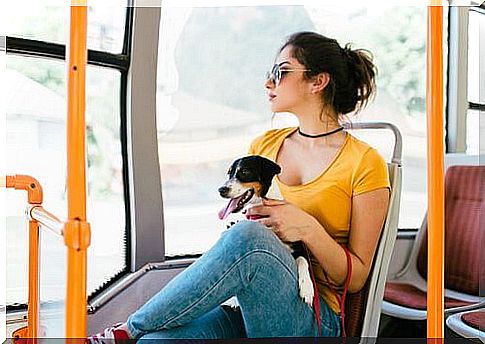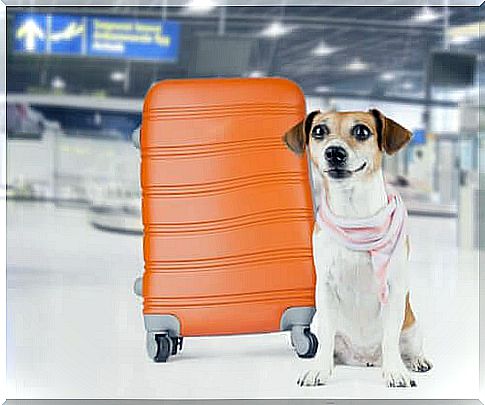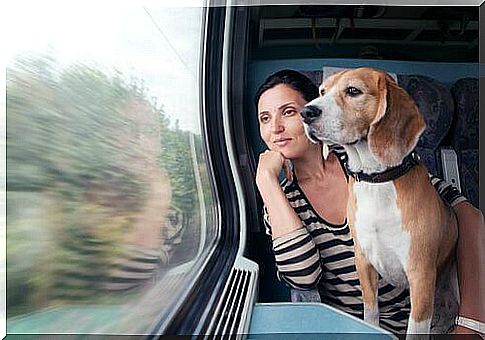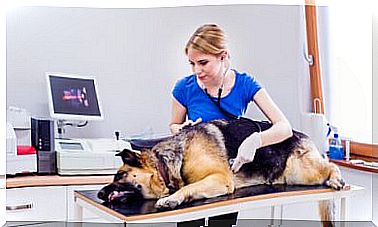Animals On Public Transport: What Does The Law Say?

Owning a dog implies responsibility and the adoption of correct habits in all circumstances. Fortunately, it is allowed to travel with our pets on public transport. However, it is necessary to do so in full compliance with applicable laws.
There are both national legislative provisions, such as the Highway Code and the regulations issued by the various provinces and municipalities for suburban and urban transport. In addition, individual airlines and shipping companies may also set limits on the transport of animals. Below, we will review the different means of transport.
Traveling by plane depends on each airline
Traveling by plane with pets has been one of the most controversial points in recent times in terms of animal protection. Nowadays, many airlines provide this service. However, being private companies they reserve the right of admission.

In practice, each airline decides whether to allow the transfer of animals and establishes the rules it deems necessary. Legally, what is required is identification by microchip and the special passport of the animal. The latter serves to prove that the dog has been vaccinated against rabies and has had other preventive treatments.
Usually, the animal travels in a special carrier. In the case of the European Union, each country has its own rules for allowing the passage of foreign pets. For example, dogs must be pre-treated against the Echinococcus parasite to enter Finland, Ireland and Malta.
Conditions for traveling by train with pets
There are certain permits and regulations for traveling by train with pets. Small dogs can usually travel with the carrier on your lap. For example, Trenitalia also allows the transport of large dogs, however, it is good to inquire first about the requirements and limitations. In any case, it also depends on the type of train, whether regional, suburban or long distance.

For example, there are some restrictions on timetables on commuter trains. For example, during peak times some transport companies do not allow you to board animals. While, in the allowed time slots, it is possible to travel with animals. Small dogs can travel with a pet carrier, while large dogs must be kept on a leash and with a muzzle. Obviously, the owner is responsible for any harm done by his pet.
Furthermore, depending on the size of the animal, it may be necessary to purchase a reduced ticket. Small pets usually don’t need to buy a ticket. Even in the case of guide dogs for the blind, the purchase of a travel document for the animal is not required.
Animals on public transport: can they travel on the subway?
Even in the case of the subway, it is allowed to travel with your pets. However, it is necessary to know the regulations that can change from one transport company to another or from one municipality to another.

Of course, the rules are usually more stringent on this type of medium. This is because it is an enclosed space that hosts a large number of people. For example, in the case of the Milan Metro, the following requirements must be met:
- Dogs, cats and other small pets kept in a special container whose longest side does not exceed the size of 50 cm (maximum two containers per passenger).
- Small or medium-sized dogs wearing a muzzle and kept on a leash are allowed from the start of the service until 7.30am, from 9.30am to 5.30pm and from 8.30pm to the end of the service. One dog per vehicle is allowed.
- Dogs accompanying blind or visually impaired people are allowed in the car without time limitations, even if they do not have a muzzle. The dog must wear a muzzle only if explicitly requested by ATM staff or passengers.
- Transported animals must be kept in such a way as not to disturb other passengers; they must not obstruct the passages or the entrance and exit doors.
- Passengers accompanying animals are responsible for it and are therefore required to pay compensation for any damage caused to people, vehicles or things.
Animals on public transport: Buses and other means of transport
In the rest of the cases, it usually depends on the company in question. There are bus lines that allow the transport of animals under certain protective conditions. However, most transport companies allow pets. The passenger must advise of the trip and, in many cases, buy a special ticket.
In taxis and car sharing, the question is similar: everything will depend on the services offered by each company. While, as far as maritime transport is concerned, it has always been more suitable for animals. In these cases, there are usually areas equipped to offer pets a stay. In short, this is the reality of traveling with your pets on public transport.









